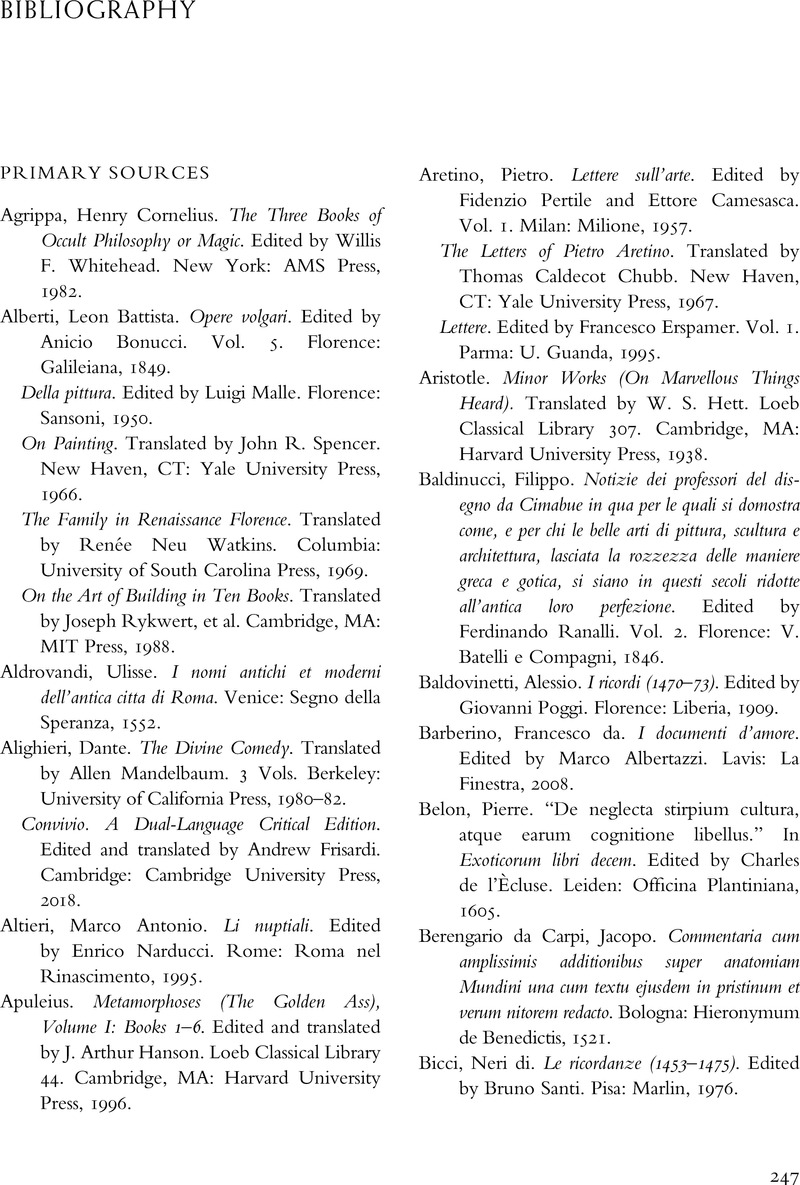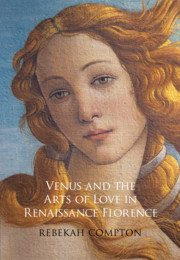Book contents
- Venus and the Arts of Love in Renaissance Florence
- Venus and the Arts of Love in Renaissance Florence
- Copyright page
- Dedication
- Contents
- Figures
- Acknowledgments
- Introduction
- One Golden Splendor
- Two Cultivating Complexions
- Three Sartorial Seduction
- Four Green Gardens
- Five Erotic Anatomy
- Six Maritime Treasures
- Conclusion
- Bibliography
- Index
- References
Bibliography
Published online by Cambridge University Press: 04 March 2021
- Venus and the Arts of Love in Renaissance Florence
- Venus and the Arts of Love in Renaissance Florence
- Copyright page
- Dedication
- Contents
- Figures
- Acknowledgments
- Introduction
- One Golden Splendor
- Two Cultivating Complexions
- Three Sartorial Seduction
- Four Green Gardens
- Five Erotic Anatomy
- Six Maritime Treasures
- Conclusion
- Bibliography
- Index
- References
Summary

- Type
- Chapter
- Information
- Venus and the Arts of Love in Renaissance Florence , pp. 247 - 270Publisher: Cambridge University PressPrint publication year: 2021



